Full text: Approximately 1485 words
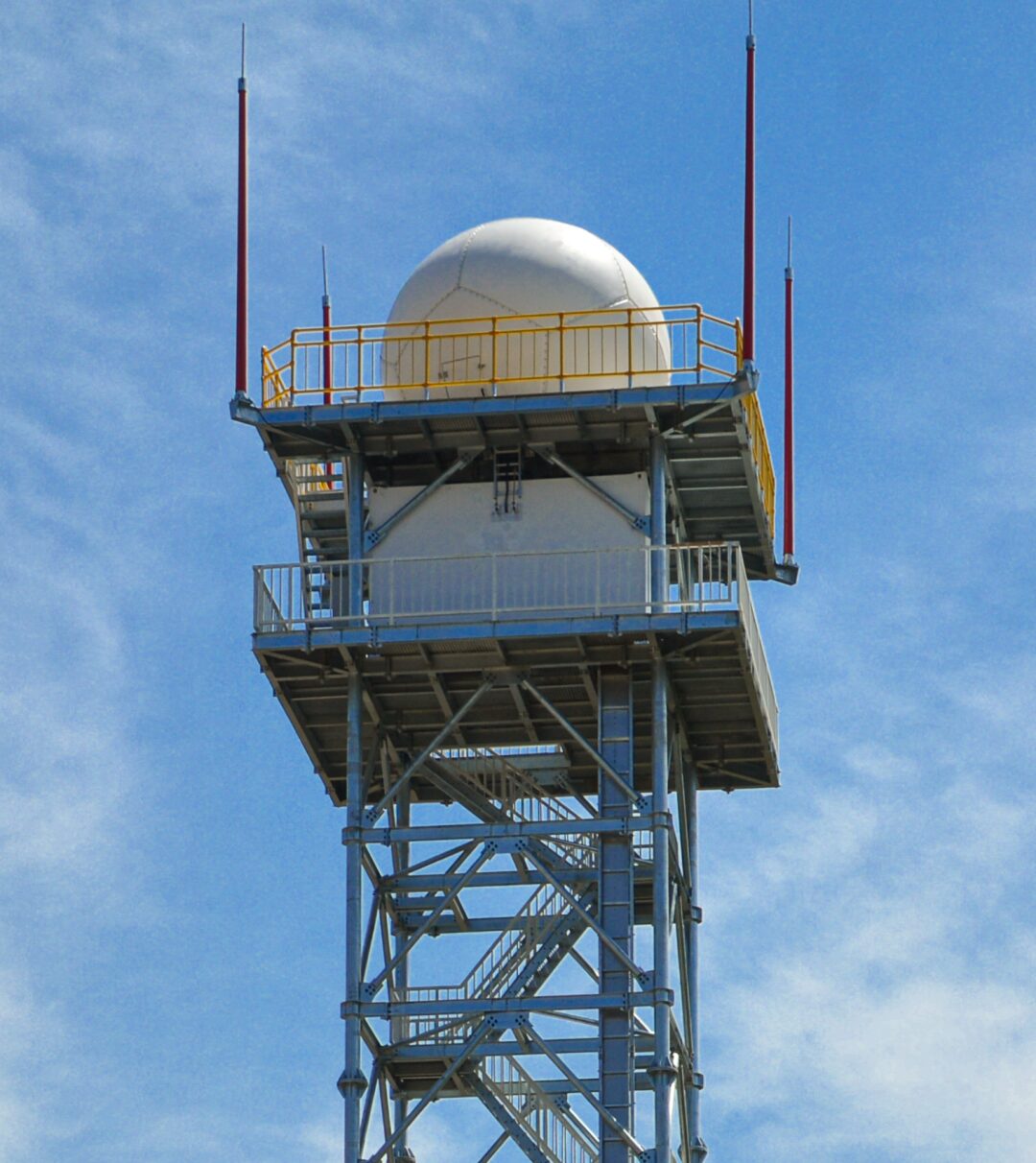
Editor’s Note
Based on the weather radar networking system in Beijing, the Urban Institute focuses on building a multi-band radar networking application system. The Short-term Nowcasting – Ruitu Radar Research Team continues to overcome difficulties and has achieved fruitful results. This article will mainly introduce the functions and main achievements of the Beijing Multi-Band Radar Networking Application System (BJ-SXnet).
System Introduction
Beijing Multi-Band Radar Networking System (BJ-SXnet)

▲ BJ-SXnet system main interface
The BJ-SXnet system integrates detection data from 2 S-band and 11 X-band dual-polarization radars in the Beijing area, incorporating 17 key algorithms required for networking, containing 27 radar products, including precipitation particle phase, three-dimensional wind field, and 23 monitoring products, as well as 4 one-hour nowcasting products for reflectivity, hail, strong winds, and heavy rainfall.
The system product update frequency is 3 minutes, with a spatial resolution of 500 meters. The network client can quickly load 3D networking products, showcasing the three-dimensional structure of thunderstorms in a 360° view.
01
Role of Networking
Role of Networking 1:
Compensating for the Functional Deficiencies of Large Radars

▲ Comparison between large radar and networking
✔ Compensates for the inability of S-band dual-polarization weather radar to effectively retrieve high-resolution three-dimensional wind fields (below kilometer scale)
✔ Compensates for the insufficient low-altitude detection and blind areas in the cone of silence of S-band dual-polarization weather radar
✔ Provides observational data with higher temporal and spatial resolution than S-band dual-polarization radar
Role of Networking 2:
Model Assimilation and Evaluation Verification
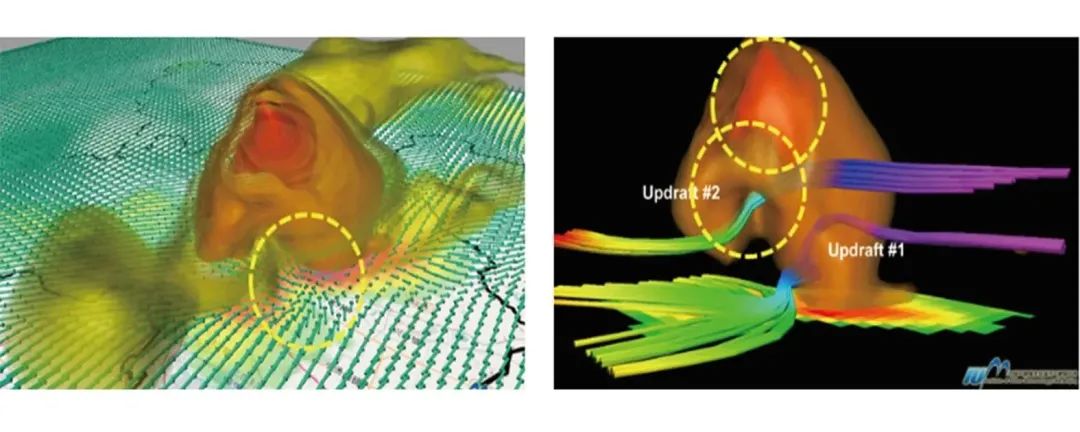
▲ Effect diagram of assimilating X radar data into RMAPS-NOW
✔ Provides quality-controlled radar data for the RMAPS model system
✔ Provides data for evaluating and improving the microphysical scheme of the RMAPS model
✔ Provides data for data integration and backend product diagnosis of the RMAPS model, including wind, precipitation estimation, precipitation phase, etc.
Role of Networking 3:
Compensating for the Deficiencies of X-band Radar
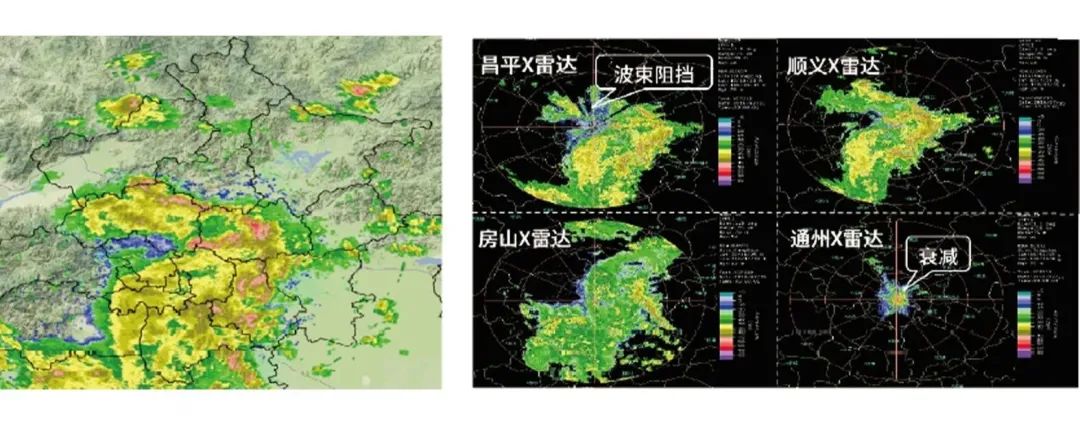
▲ Comparison between X-band networking and single X-band PPI
✔Attenuation defects, multiple radars compensate for attenuation corrections, providing reference values for attenuation corrections
✔Beam blockage defects, multiple radars effectively compensate for the beam blockage issues of single radars
Swipe left and right to see more
02
System Features
A complete data quality control process
Quality Control Process Algorithm
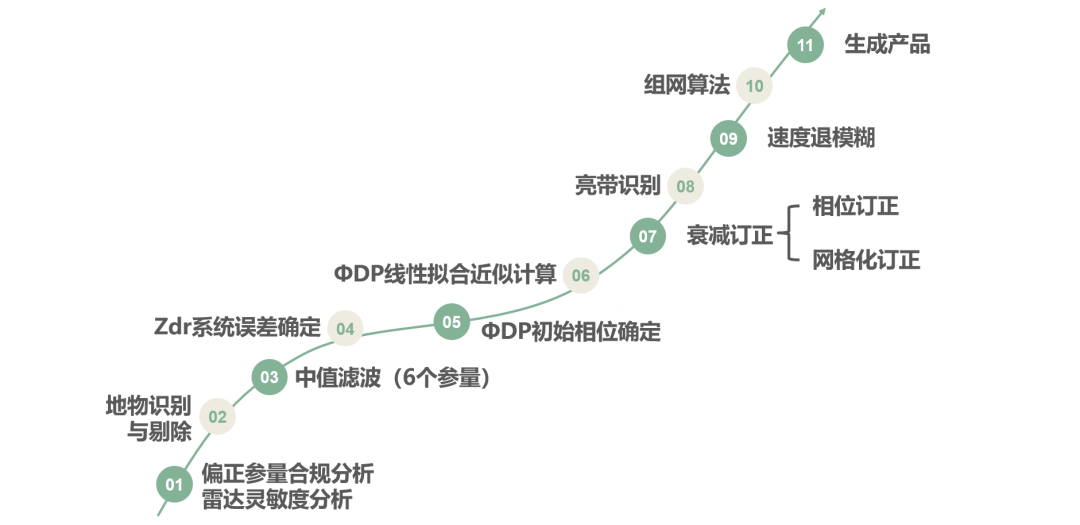
Comparison of Quality Control Before and After
Reflectivity Factor

Differential Reflectivity
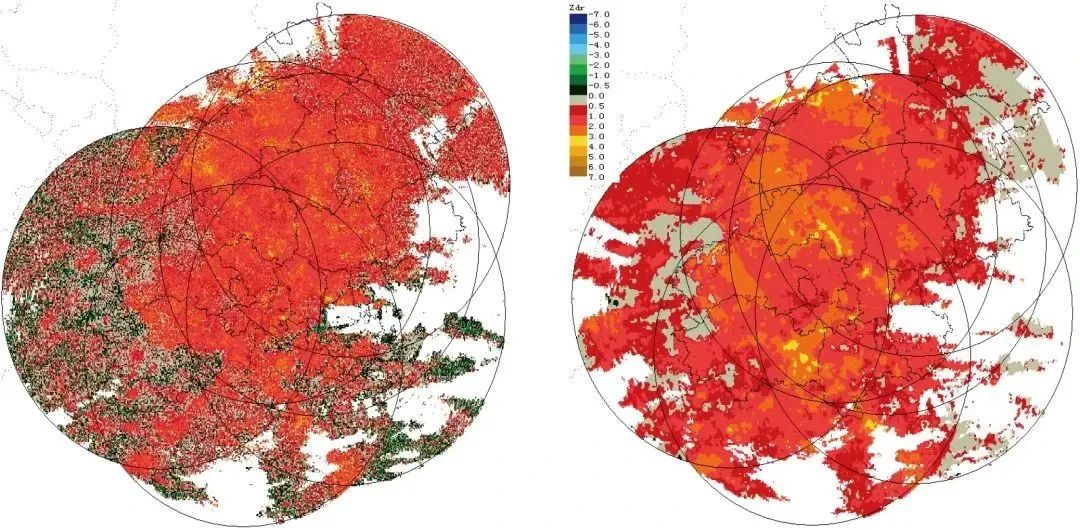
Correlation Coefficient
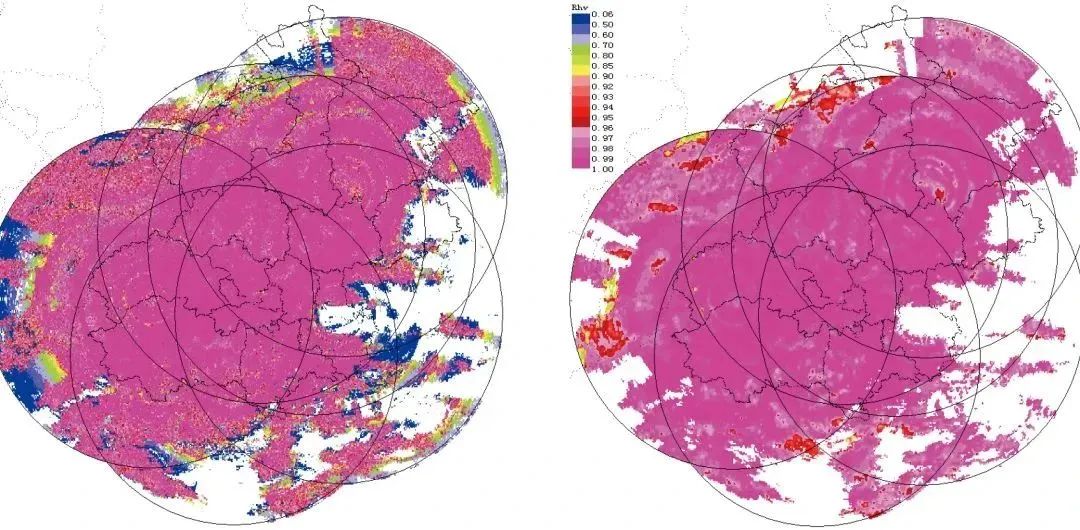
Differential Phase Shift Rate
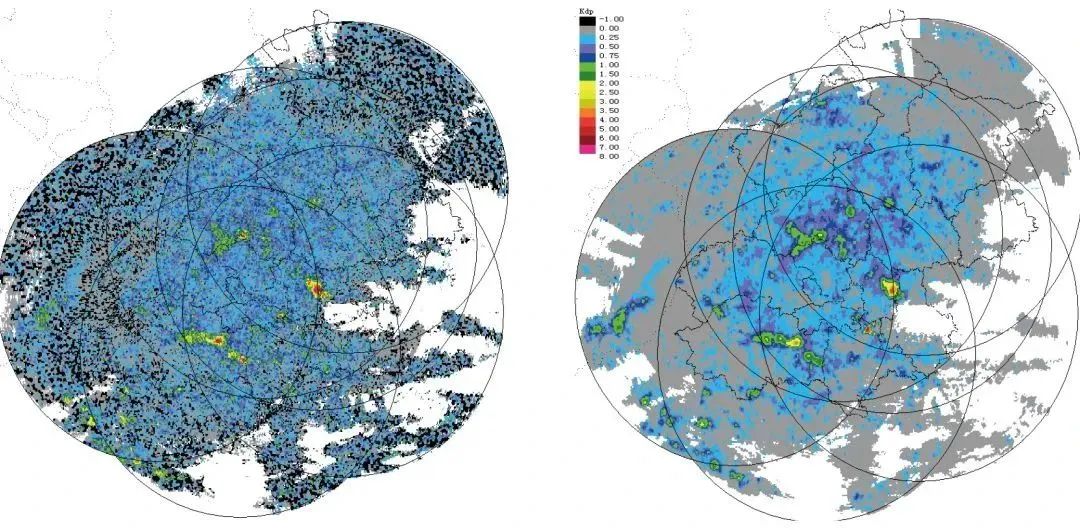
More
WebGIS-based B/S Architecture Product Display System
Fast Calculation Speed
40 seconds: Complete data reading, quality control, algorithm calling, and product output.
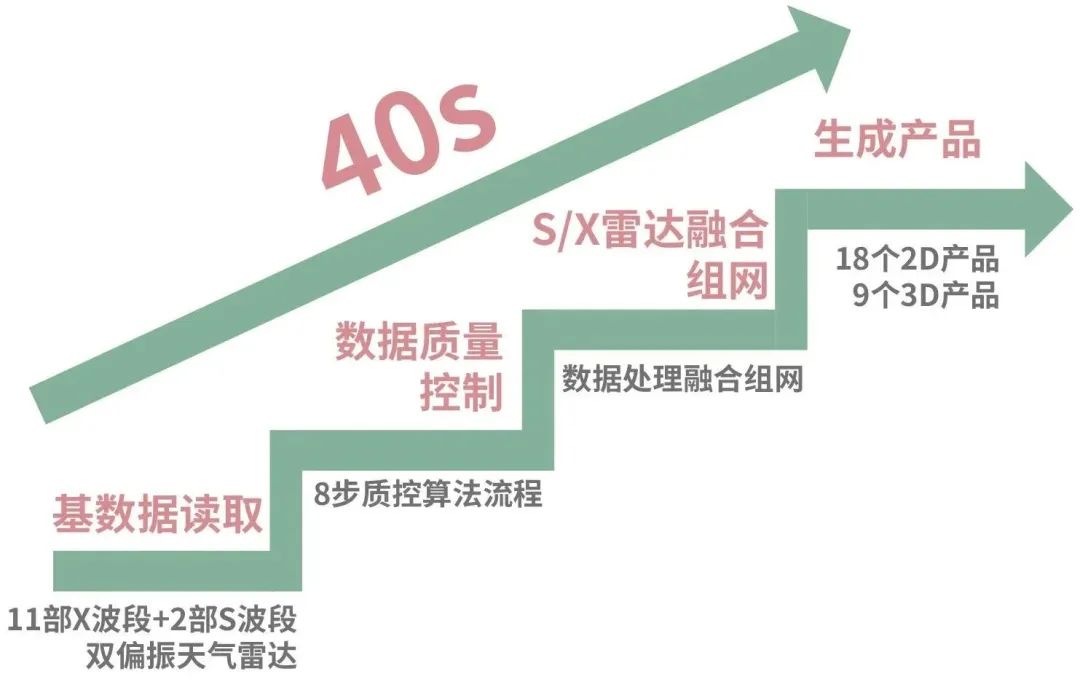
Convenient and Fast Display
▪Fast Product Update Speed: Updates a set of data every 3 minutes.
▪ Fusion of Large and Small Radar Data: Combining the extensive detection range of S radar with the precise detection advantages of X radar, the monitoring range has expanded to the Beijing area.
▪ Rich 3D Product Display Functionality: Interactive display of 9 3D products, including reflectivity, hail, and particle phase.
▪ Nowcasting Functionality: Provides one-hour interval nowcasting products for reflectivity, hail, strong winds, and short-term heavy rainfall.
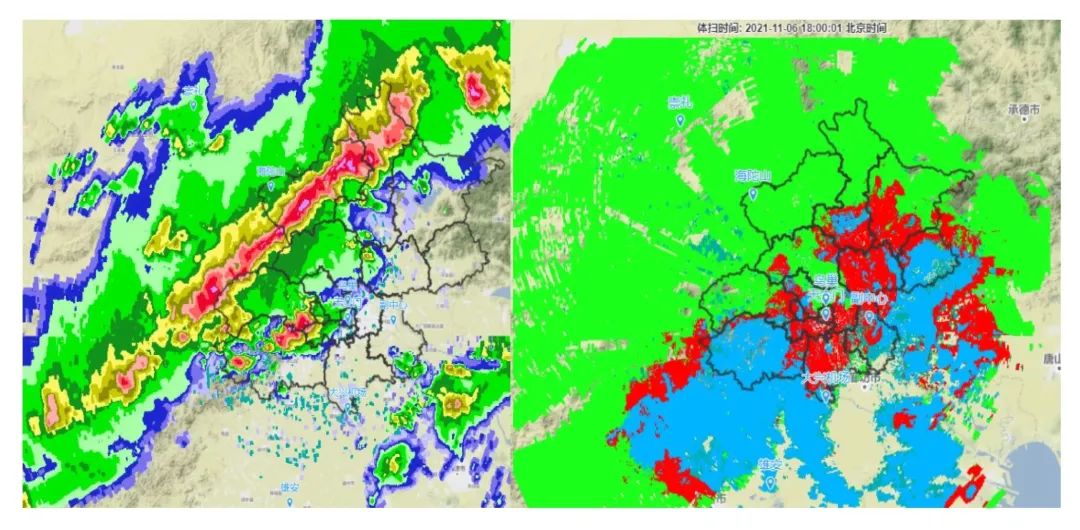
▲ Some 2D product display images (left: PPI image; right: particle phase image)
Featuring Refined 3D Radar Display Products
3D Display of Particle Phase



Identification of Artificial Precipitation Enhancement Potential

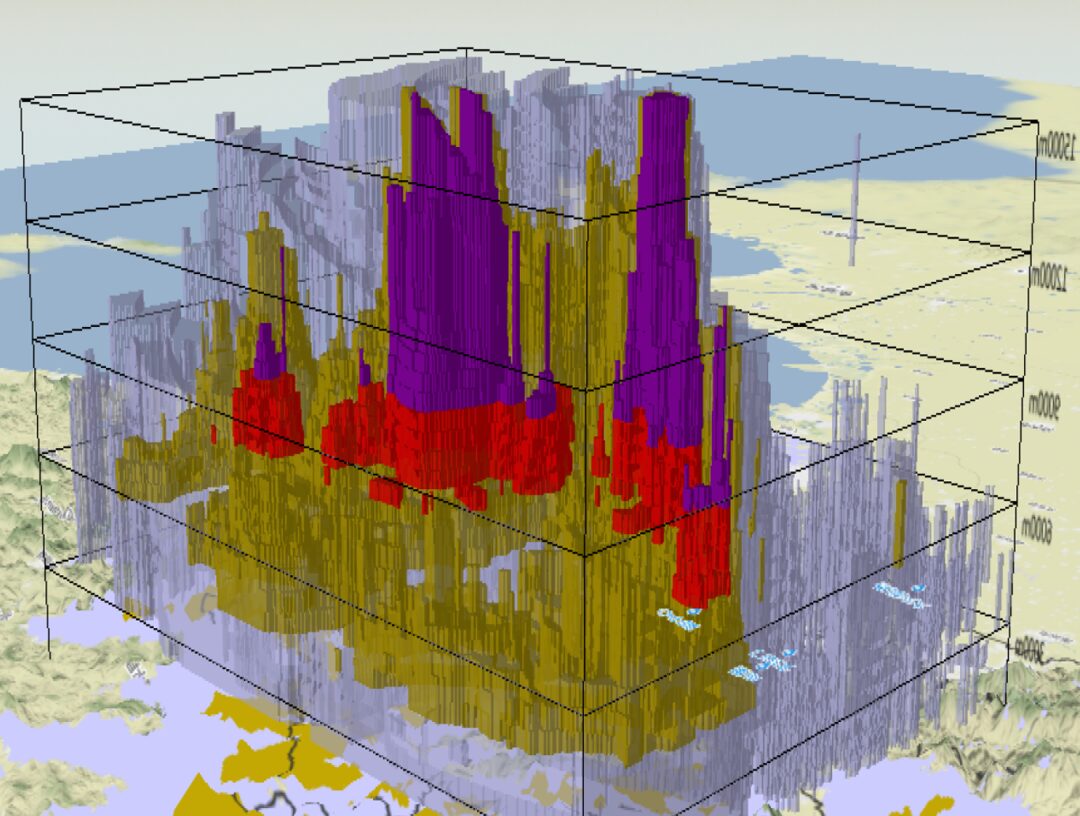
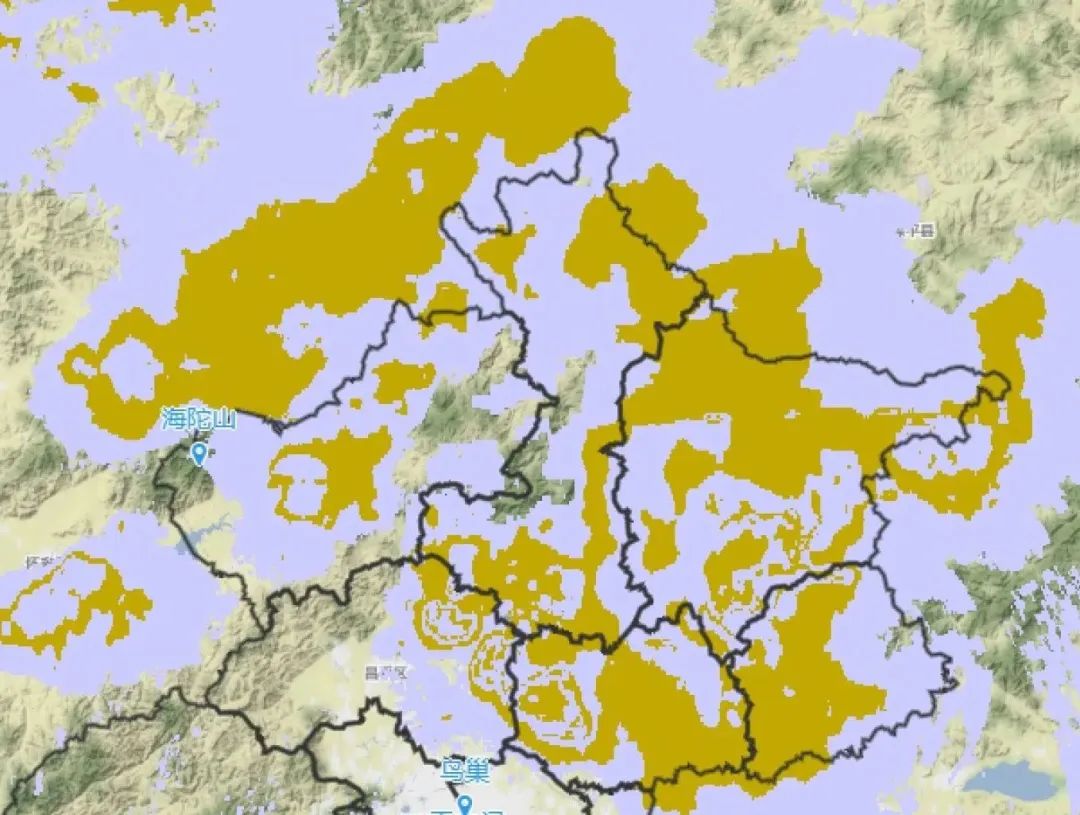
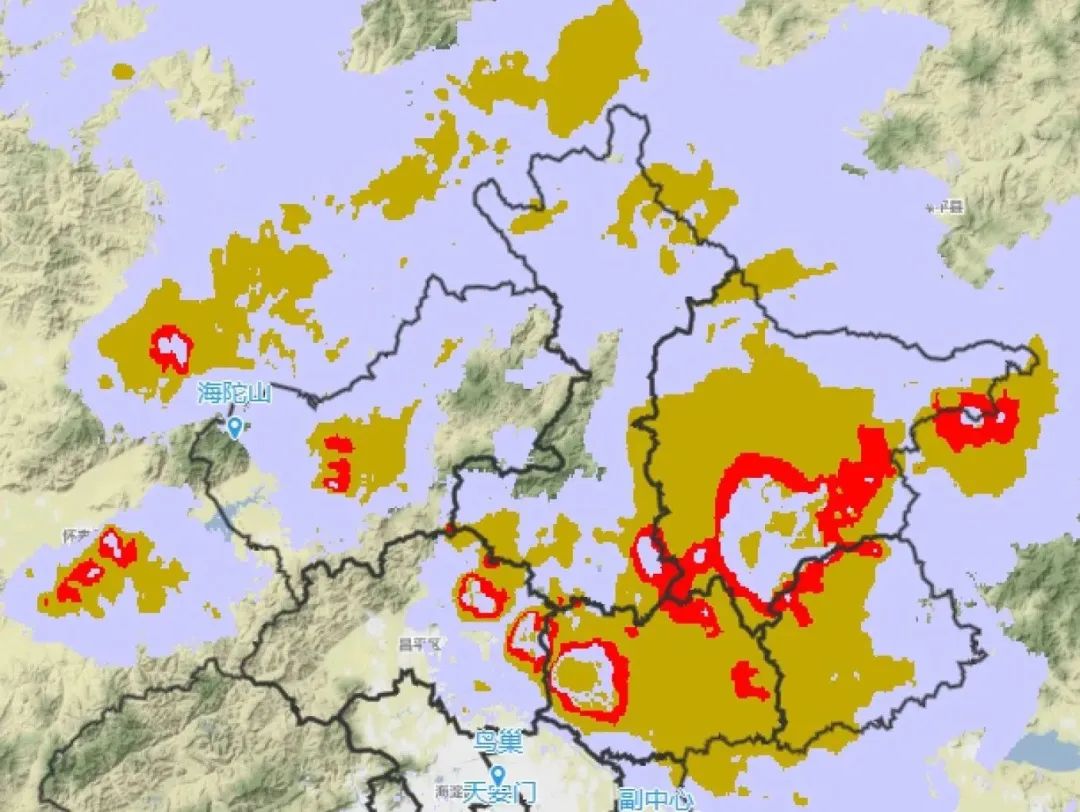
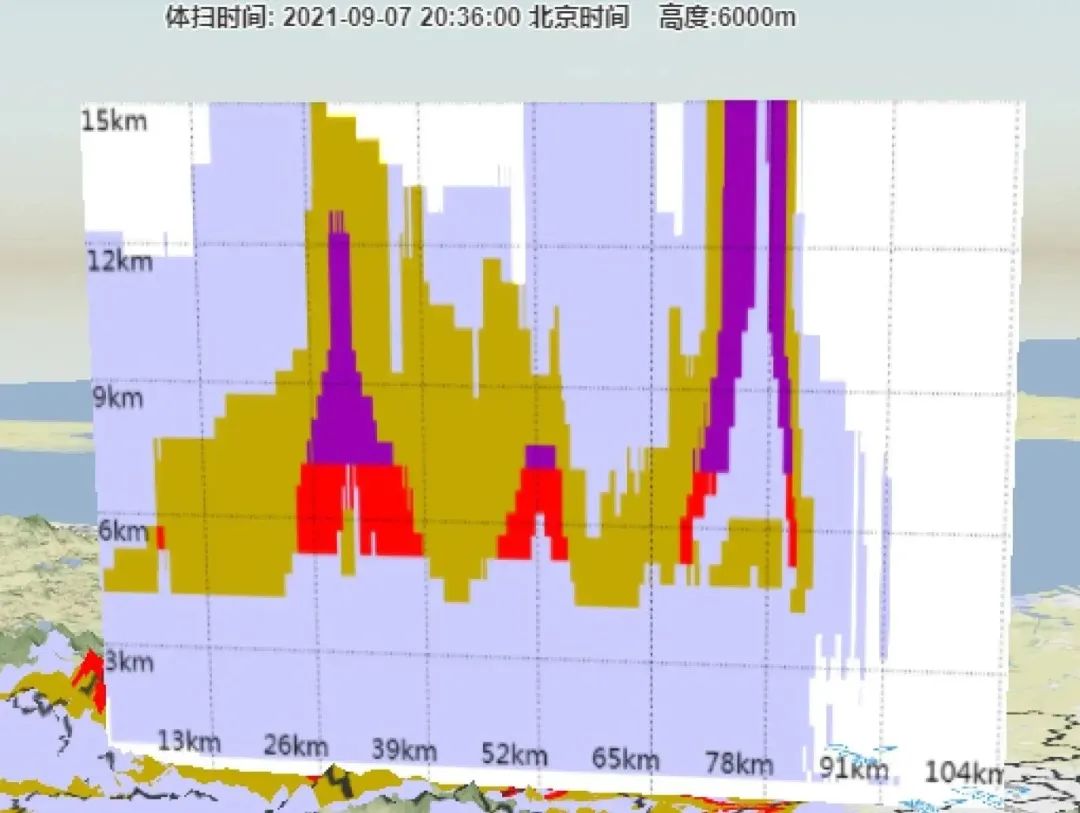
Other Display Functions
Can view echo structure in 360 degrees
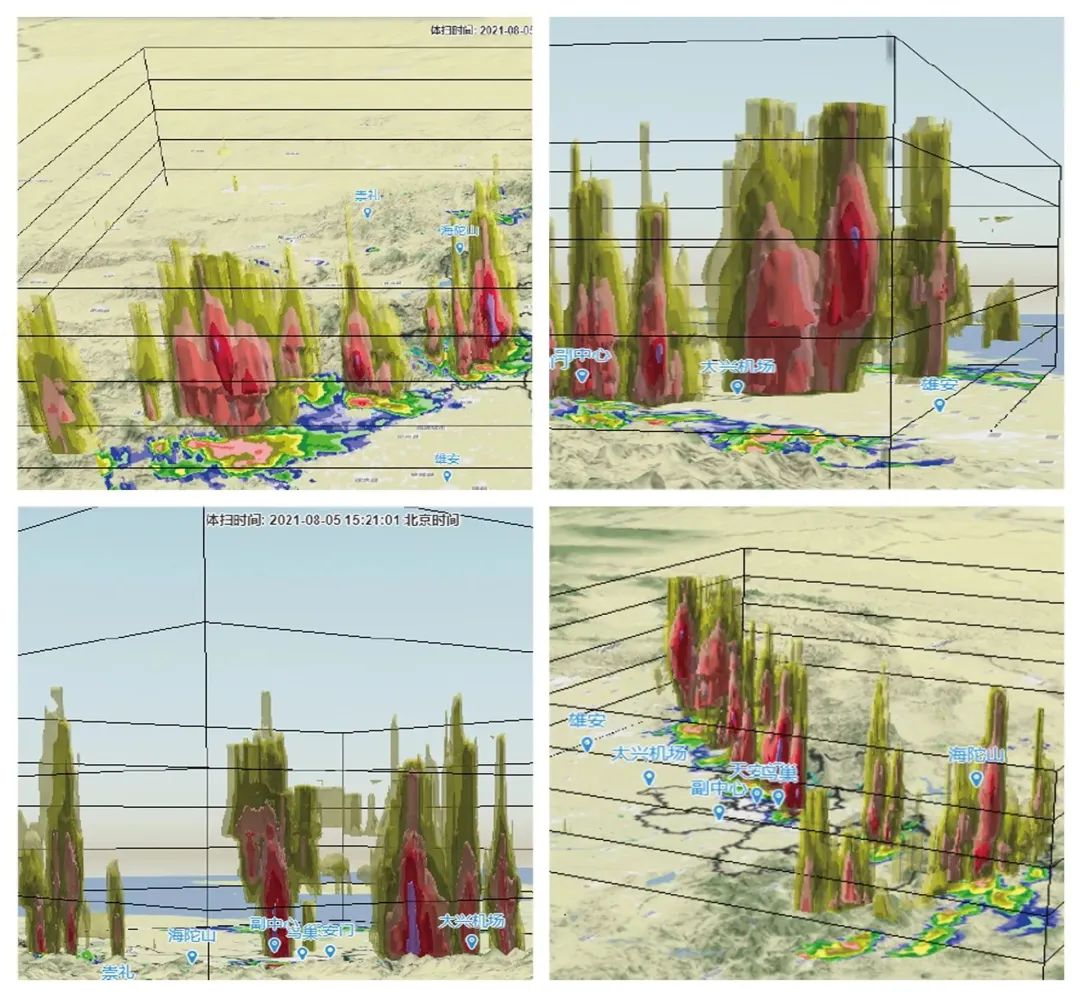
Can view vertical structure of echoes
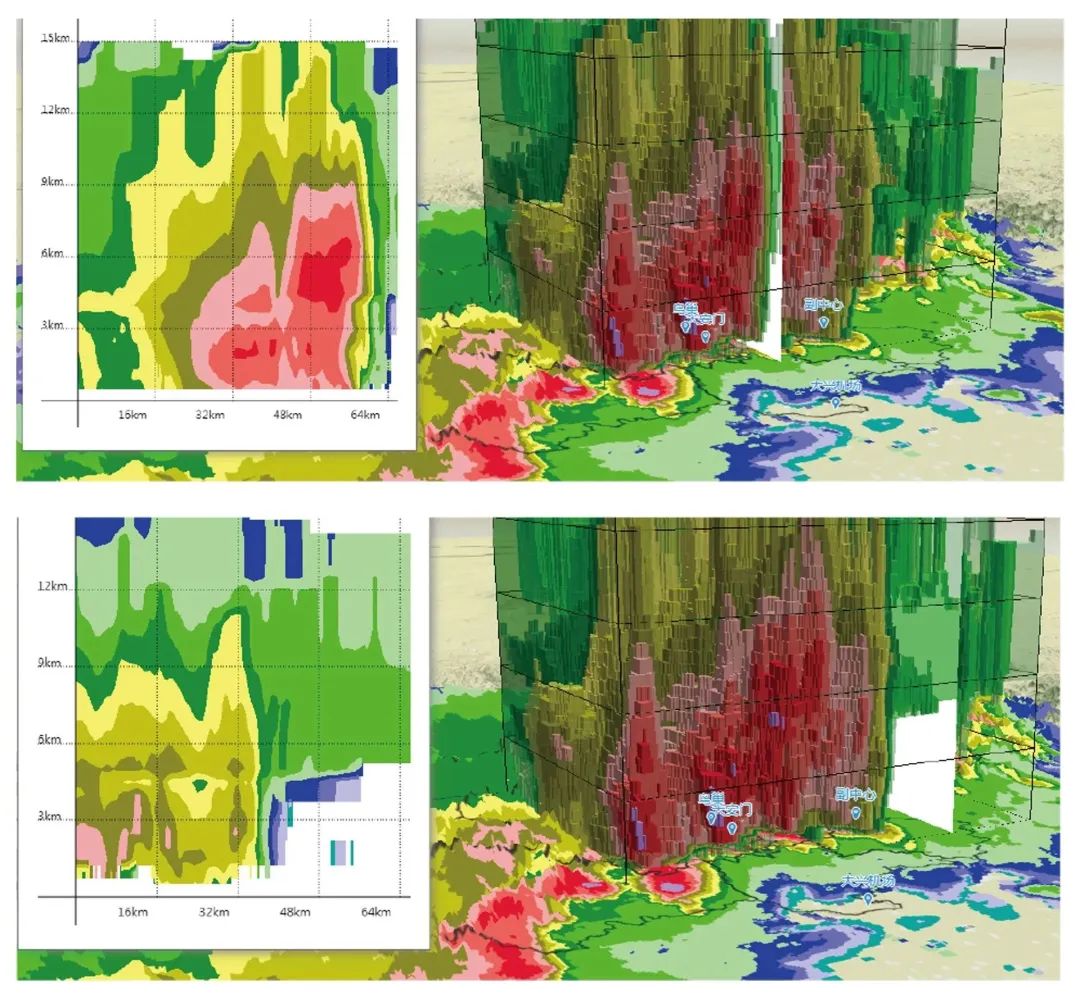
Can view vertical structure of polarization parameters
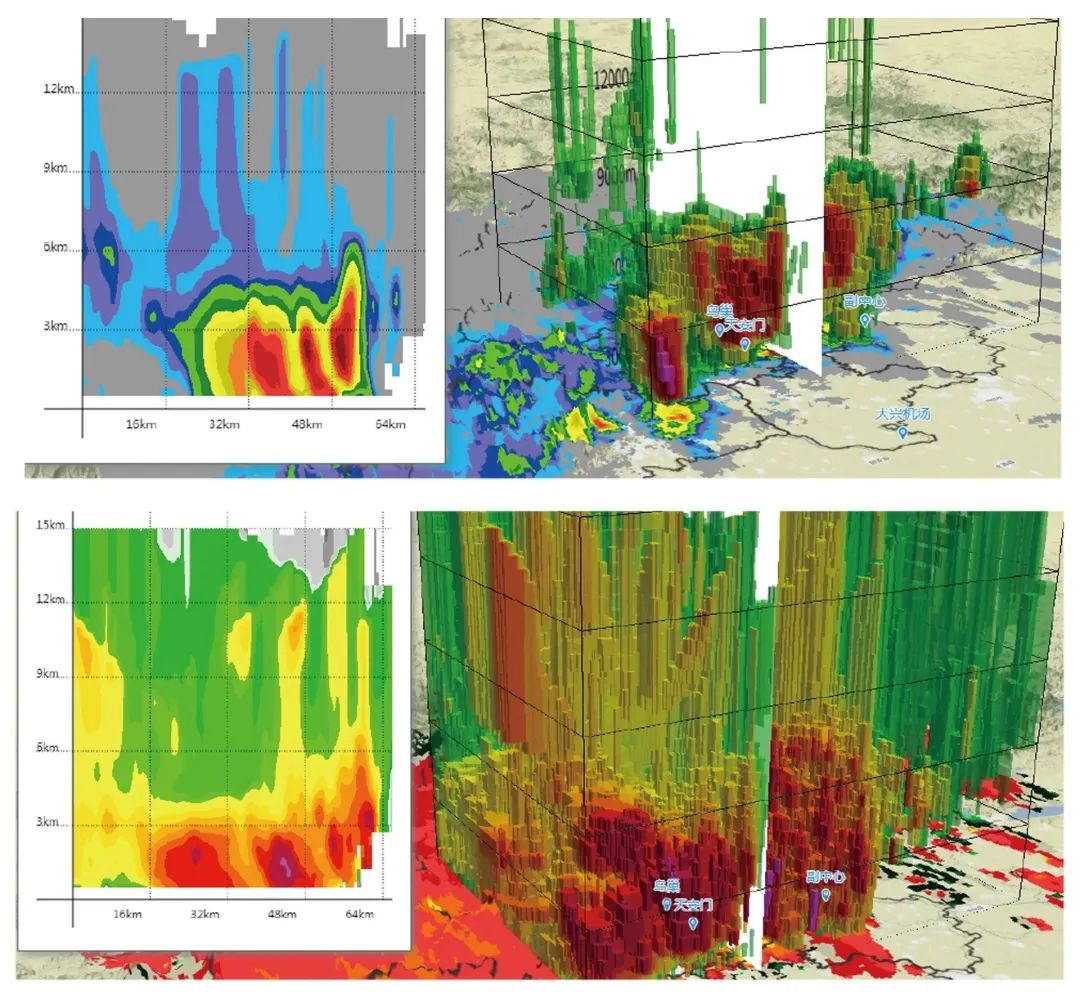
Can view any profile

More
03
Business Applications
Major Event Support
The system was used for meteorological service support during the celebration of the 100th anniversary of the Communist Party of China, providing short-term forecasts as decision-making basis for on-site event arrangements, ensuring the smooth progress of the event, and receiving recognition from relevant leaders and experts.

▲ Chief forecaster Zhao Wei from the Beijing Meteorological Observatory analyzing the weather conditions at the celebration site using the BJ-SXnet system
Cloud Seeding Support
Used for artificial weather modification hail suppression operations and artificial rainfall enhancement operation command, providing hail identification products and rainfall enhancement potential products for cloud seeding.
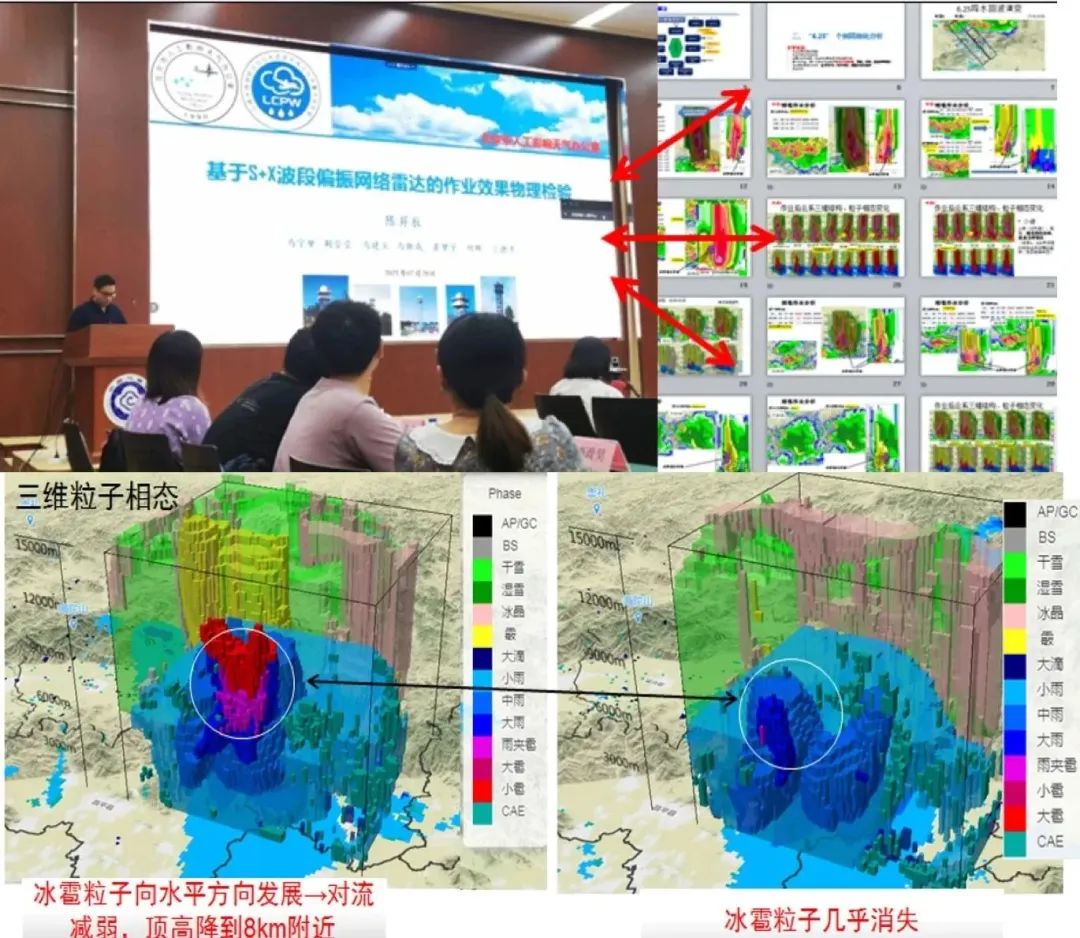
▲ Command for cloud seeding operations
Regional Early Warning
Based on the disaster types identified by the system (hail, strong winds, short-term heavy rainfall) and the extrapolation function, it provides technical support for regional early warning.
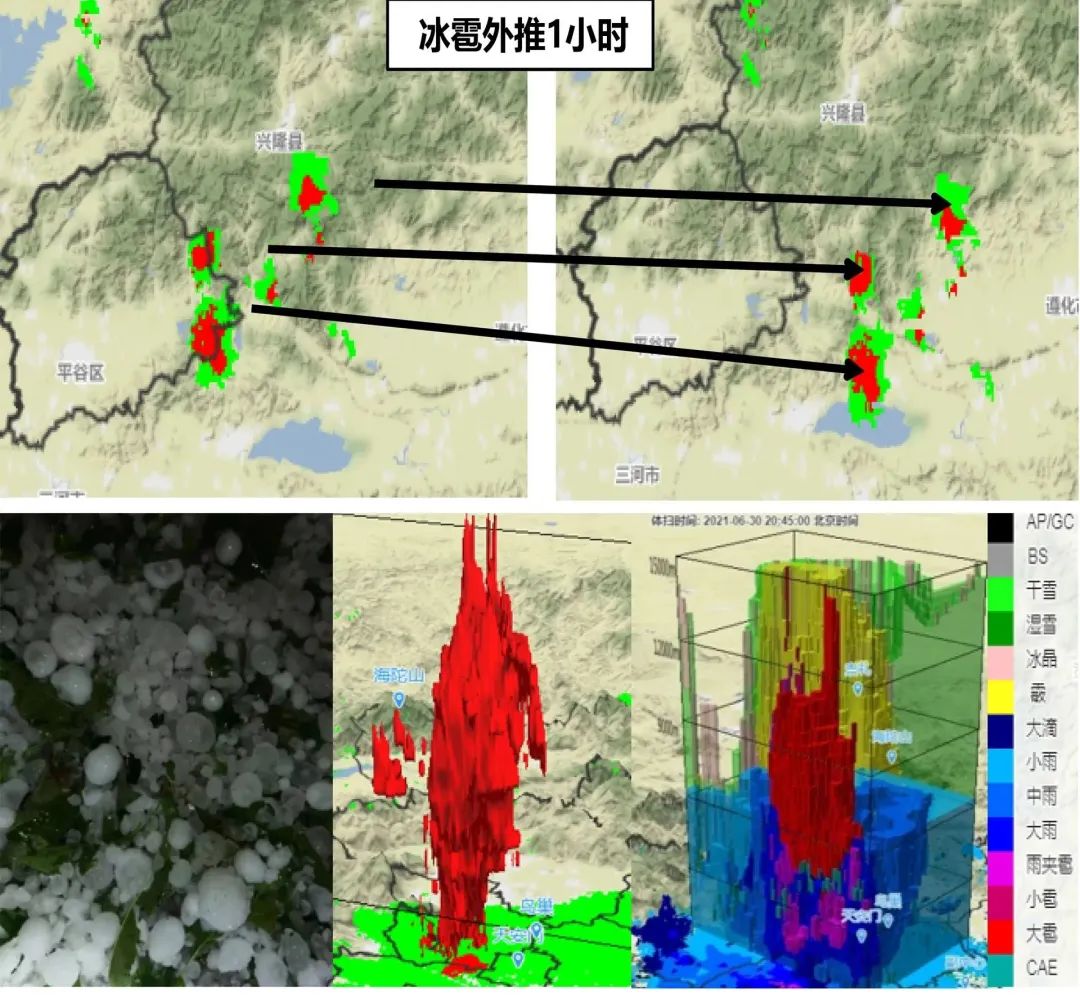
▲ Hail extrapolation for 1 hour
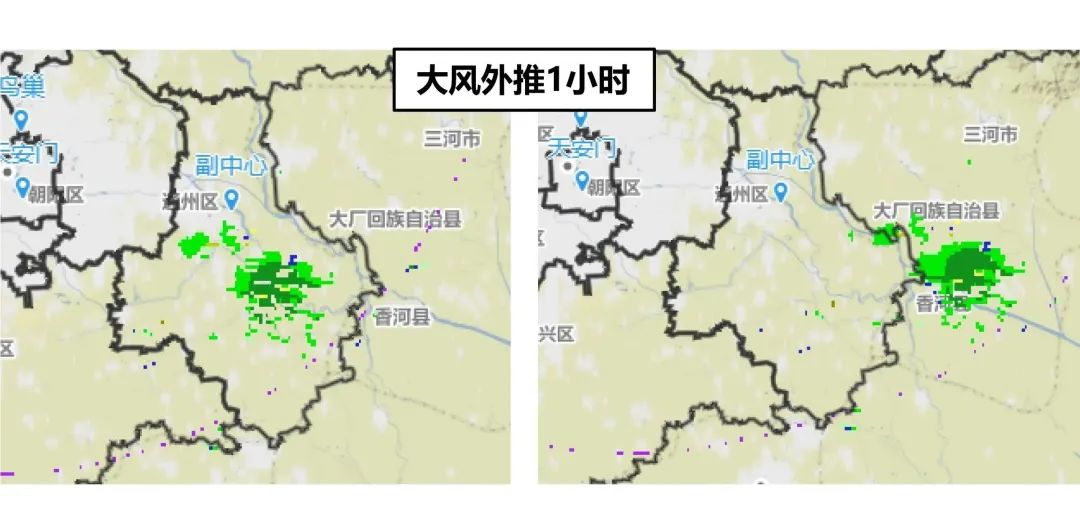
▲ Strong wind extrapolation for 1 hour

▲ Precipitation extrapolation for 1 hour
Team Introduction
Short-term Nowcasting Radar Team
The team currently has 8 R&D personnel, including 4 doctors, 4 masters, and 2 with senior professional titles. The team is dedicated to the full-chain R&D work from dual-polarization weather radar data to business end, including data quality assessment, data quality control methods, radar networking methods, radar product inversion algorithms and disaster weather monitoring and warning methods.
The team began developing the Beijing Multi-Band Radar Networking Application System (BJ-SXnet) in 2017, which has provided important technical support for major meteorological service guarantees in the capital, strong convective weather forecasting and early warning, and numerical model radar data assimilation.
Currently, the team is developing a new generation of Beijing-Tianjin-Hebei multi-band radar networking application system (Ruitu-Radar System), aiming to achieve high-quality networking applications of over 20 S/C/X band radars in Beijing-Tianjin-Hebei.
Contributed by | Ma Jiali, Li Siteng
Edited by | Liu Yuxin, Tang Chao, Chu Yanli
Reviewed by | Chen Mingxuan, Guo Peiyun
